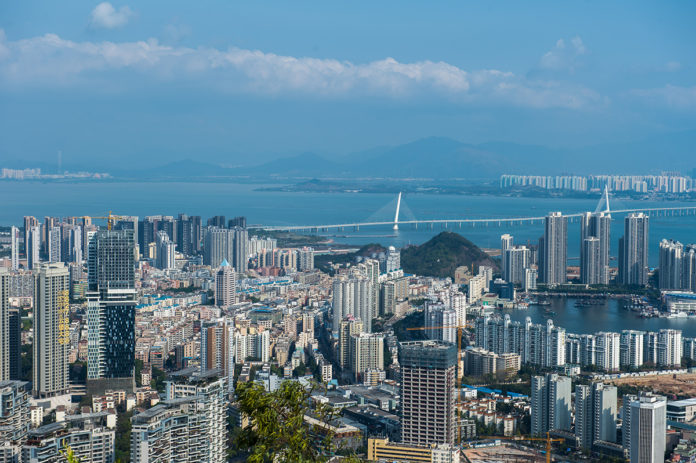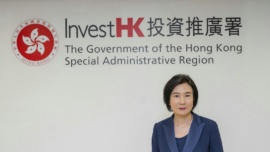The newly elected governor of the province of Guangdong is setting ambitious growth targets for 2017 after his election to the position on Monday. Governor Ma Xingrui noted his plans to revitalise the east, west and northern areas of the province which funnelled 20.45 million tourists into Macau, as announced on the China State Council’s website, aiming to achieve Gross Domestic Product (GDP) growth of 7 per cent year-on-year for the year, just shy of the 7.5 per cent year-on-year growth seen in 2016.
The plans involve a RMB540 billion (MOP627 billion78.4 million) investment in key projects over the course of the year, with a focus on infrastructure, in particular regarding rapid transit networks, such as railways.
Currently the neighbouring city of Zhuhai has two train stations that connect it to the rest of Guangdong province, passing through cities including Zhongshan and Shunde and connected principally to Guangzhou.
Last year 44.1 per cent of all the tourists from the Mainland to the MSAR visited from Guangdong province.
“Improving the rail systems, especially in less-developed eastern, western and northern Guangdong, can help to link these areas with the Pearl River Delta and thus increase the efficiency of the whole province’s economic growth,” says Lin Jiang, head of Sun Yat-sen University’s public finance and taxation department, as cited on the site.
Plans
Governor Ma announced that a further focus of the provincial government during the year is research and development (R&D), with the governing body announcing for the first time the percentage of the GDP it’s anticipating to be made up by the sector – 2.65 per cent.
Given the 7.5 per cent growth in GDP experienced last year, and the 7 per cent anticipated for this year, R&D’s contribution could reach RMB14.65 billion.
“It shows that Guangdong attaches great importance to R&D, hoping to boost science and technology development, and promote innovation,” commented Xin Pu, member of the Guangdong People’s Congress economic affairs committee, as quoted on the site.
Last year, the province had the highest GDP of all provincial-level regions throughout China, at over RMB7.9 trillion.
According to data from China’s National Bureau of Statistics, preliminary results for China’s overall GDP reached RMB74.41 trillion, as released on Monday.
Of the 28 provinces in the Mainland, during the 2016-year, 21 of the provinces, municipalities and autonomous regions of the country achieved GDP growth over 7 per cent. The provinces of Tibet autonomous region, Chongqing and Guizhou were the leading GDP growth areas, with 11.5 per cent growth, 10.7 per cent growth and 10.5 per cent growth, respectively, with analysts noting that in the first two areas topping the list the “invisible hand of the government played a key role”.
























